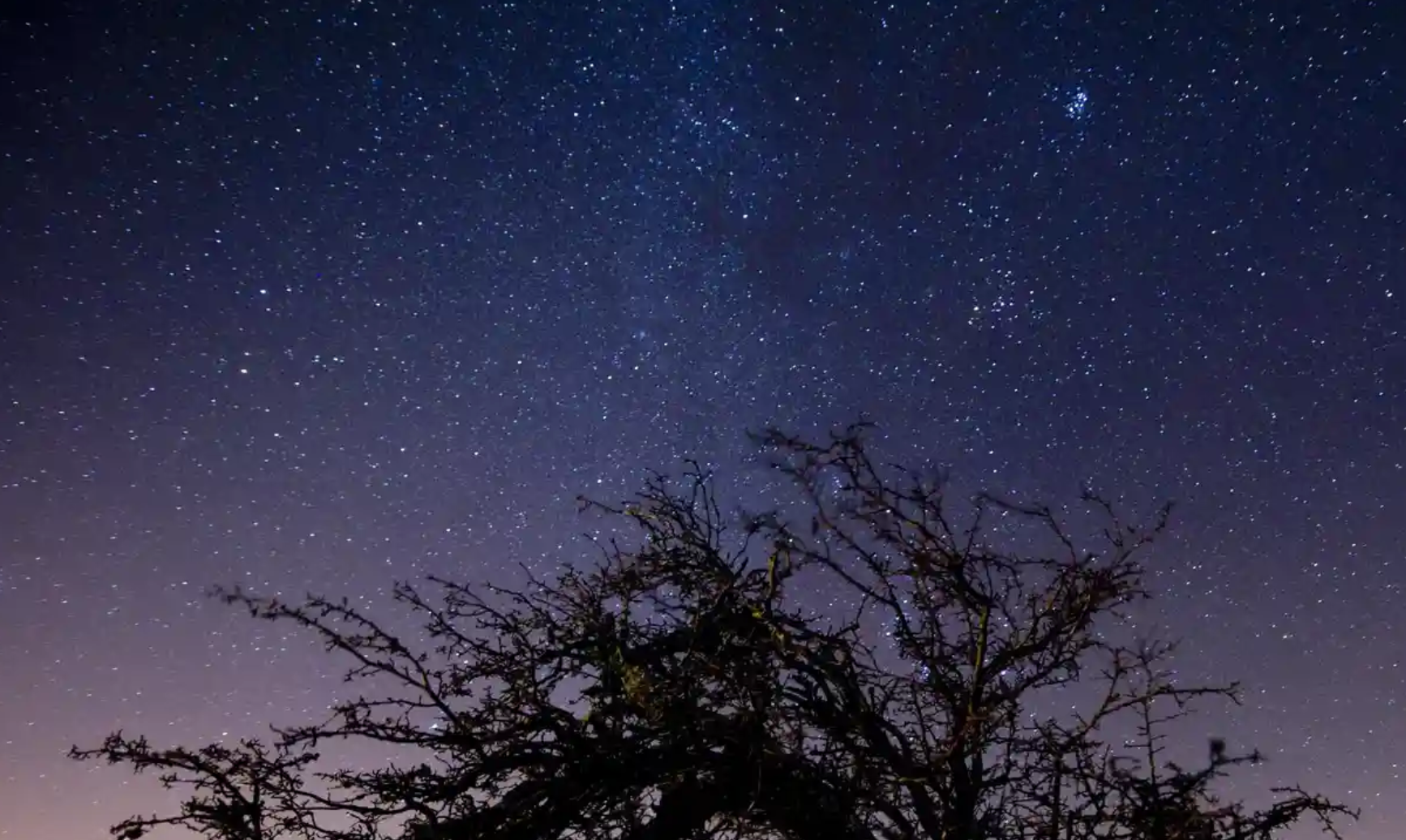|
Getting your Trinity Audio player ready...
|

Light pollution is on the decline, partly because energy prices are soaring.
Light pollution is when humans use artificial lights to brighten the sky. It contributes to a bunch of undesirable things such as disrupting the natural patterns of wildlife and disrupting human sleep.
If you can see 10 or fewer stars in the sky, you are in a light-polluted area. In a recent survey of 2,500 volunteers, fewer people reported being in light-polluted areas than ever before. In 2020, 61% of participants reported being in light pollution but now only 51% say that they are. That’s still a high number but trending in the right direction.
The head of the charity that conducted this study told The Guardian: “The good news is that these results show small adaptations can make a big difference. If there is a silver lining from the legacy of lockdown and, now, the soaring cost of energy, it is that it has never been clearer how simple it is to cut carbon emissions and energy bills while improving our natural environment.”
Lights out folks!





